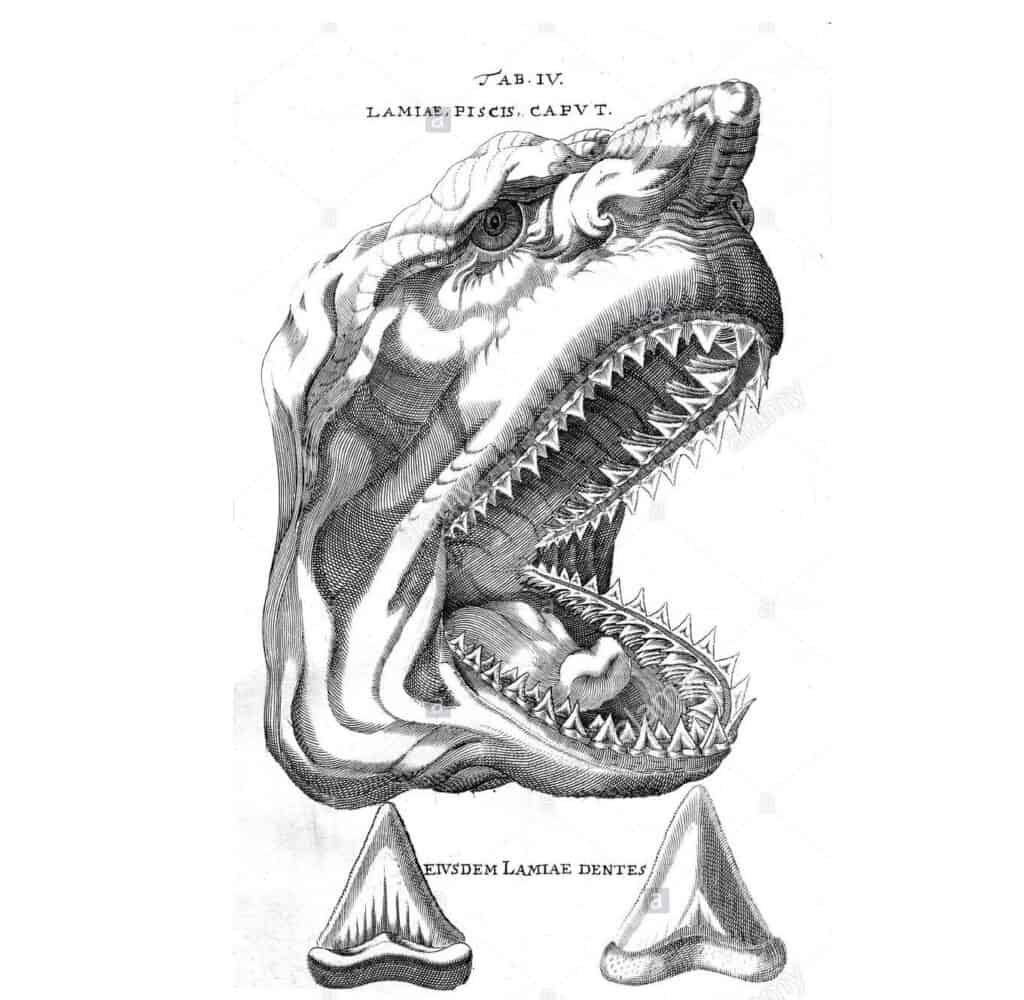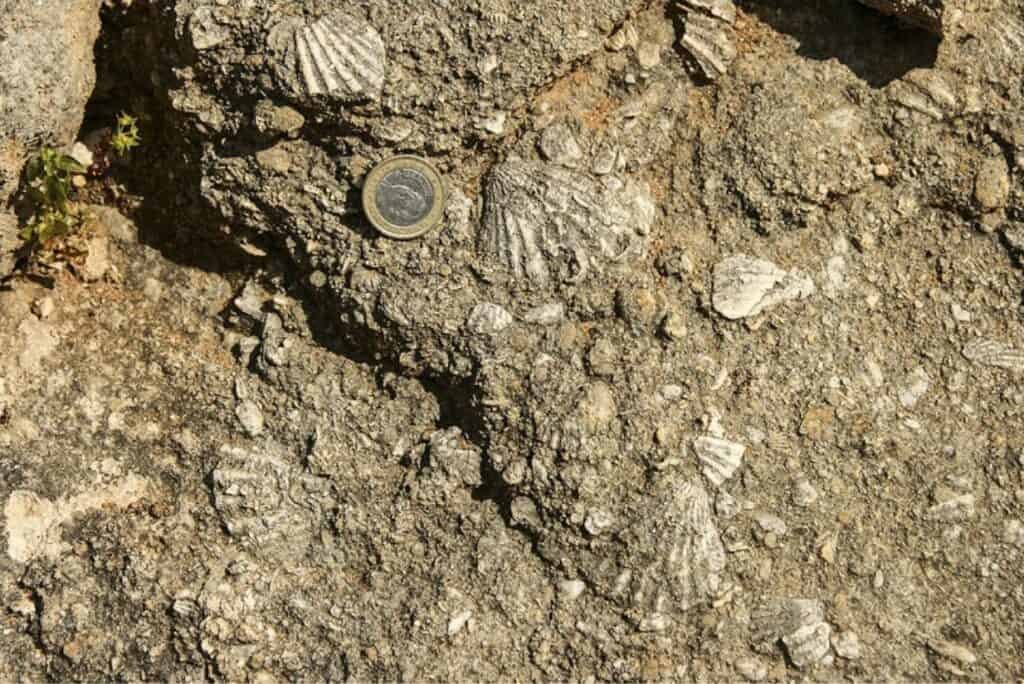

The origin of geology
In any geotechnical project, it is essential to analyze the geological environment of the area under study, since soil formation is associated with complex geological processes, which must be understood in order to reach a more complete idea of the characteristics of the subsoil. But, when did geology begin to be considered a science? Read on to find out the answer.
Content
Nicolaus Steno
The Basilica of San Lorenzo is one of the many tourist attractions in Florence, Italy. In this church it is possible to admire Donatello's pulpits, Michelangelo's staircase, and Brunelleschi's sacristy. But on one side of the main church, there is a small chapel where only the faithful are admitted, and inside there is a simple altar and a small limestone sarcophagus: the Capella Stenoniana.
The inscription on the wall above the sarcophagus bears the name of its occupant, Nicolaus Steno. Pilgrims venerate him as a saint, but most visitors to Florence have never heard of him.

Figure 1 Tomb of Nicolaus Steno (Source: Wikimedia, 2021).
However, about three hundred and fifty years ago, this man was a favorite of the Medici court, a scientist of international renown, and a major player in the Scientific Revolution of the seventeenth century. The impact of his genius on the way we understand the world and our place in the universe today rivals even that of the great Galileo.
He was an outstanding anatomist, but his revolutionary achievement came in a scientific field that did not even exist until he published a slim volume of some 78 pages and a few illustrations, in which he recorded his project: the science of "geological time".
Shark teeth and seashells
In October 1666, a French fishing boat dragged a white shark weighing about 1,200 kg to the Italian shore, where it was clubbed to death. Subsequently, by order of Grand Duke Ferdinand de Medici, the shark's head was sent to Florence for study by court scientists.
Steno was chosen to dissect the shark's head, given his qualifications as an anatomist. Of particular interest to Steno, however, were the teeth. Although he left no record of their dimensions, they were surely enormous. In addition, the teeth also provided Steno with the opportunity to judge for himself a question raised in the 14th century by a French physician and naturalist named Guillaume Rondelet, who observed that the teeth of large sharks closely resembled certain uncommonly shaped stones, known as glossopetrae, very abundant on the Island of Malta: could it be possible that glossopetrae were petrified shark teeth?

Figure 2 Illustration of Steno comparing the teeth of a shark with a glossopetrae (Source: https://proyectoscio.ucv.es/articulos-filosoficos/nicolas-steno/).
Steno made a direct comparison between shark teeth and Maltese glosspetrae and, as he noted in his pamphlet Elementorum myologiae specimen..., the shapes were as similar "... as one egg resembles another".
On the other hand, he also realized that the glossopetrae question was really just a special case of the more general problem of fossilized marine shells, which appeared under the ground or in the mountains, in places far from the sea. In fact, it was common to find glossopetrae close to shells and other marine fossils, so he focused his efforts on understanding how those bodies had gotten there. This involved not only studying the fossils themselves, but also the places where they occurred and the materials in which they were embedded.
In Steno's time there were countless explanations for the presence of seashells in the mountains, almost all associated with the universal flood mentioned in the Bible, or the principle of spontaneous generation, held by several scientists of the time. However, Steno saw a different sequence of events than the one based on these theories. According to Steno, the undistorted silhouettes of the fossils implied that when they were buried, the rock was not yet solid. That is, it was not yet rock. Thus, the shells did not grow inside the rock, but the rock solidified around the shells.

Figure 3 Fossilized seashells (Source: http://www.entornoajerez.com/).
To deduce how this process would have occurred, Steno recalled some experiments he had observed in his native Denmark, in which dust was dissolved in water and the solids were observed to precipitate and descend to the bottom, forming a soft mud that, over time, hardened. Steno reasoned that a similar process could occur in nature, and the presence of fossilized shells was because, for example, a clam might have lived buried in that sediment, or a mussel on the surface of it, before it solidified. In any case, the rock had been a sediment before it became rock.
Steno Steno's principles
The study of fossil shells, initiated by Steno, raised new and unknown questions for the time. Many were related to such things as ancient seas, which no longer existed, and events that occurred deep in the Earth, which could not be observed.
The result of this study was a work entitled De solido intra solidum Naturaliter contented Dissertationis Prodromus, better known as De solido, published in 1668. Much of this work deals with the different natural objects found on earth, classified into different categories: whether they grew inside or outside of rocks, or whether they exist "from the beginning of things" or not.
But Steno did not simply analyze individual marine shells. To explain the relationships between fossils, rocks, and strata, he proposed a series of principles. What are these principles? Let's see.
- Principle of superposition. In a group of sedimentary layers arranged one on top of the other, the lower layer was deposited first, and the upper layer last. Therefore, the sedimentary layers are formed in sequence. This principle is the beginning of stratigraphy, the science of geological strata, which makes it possible to analyze and reconstruct, from the arrangement of the strata, their geological history.
- Principle of original horizontality. Regardless of the present orientation of a stratum, if it originated from a water deposit, it was originally horizontal. Any inclination or folding is a consequence of later events.
- Principle of lateral continuity. Water deposits sediments as laterally continuous sheets, which terminate at the end of the basins. Thus, if, for example, equivalent levels are found on both sides of a valley, it means that they were originally one and the same stratum.

Figure 4 Cover of De solido (Source: https://www.jonathanahill.com/pages/books/2536/nicolaus-steno/de-solido-intra-solidum-naturaliter-contento-dissertationis-prodromus).
Today, these principles are taught to geology students all over the world, and are the basis for understanding the stratigraphy generated in places where sedimentary rocks predominate.
The birth of Geology
Steno's work constituted a break with previous thinking about history, which was based on written documents or human artifacts, and with the emerging thinking about science, which focused increasingly on physical laws and experimentation. Historians of nature traditionally studied objects to classify them, while mechanical philosophers did so to understand how they worked. Studying them to establish their history was a novel concept.
Steno's achievement with De solido was not only the fact that he proposed a new, and correct, theory of fossils. Nor was it the fact that he had presented an accurate interpretation of rock strata. His main contribution was that he laid the foundations of a completely novel approach to nature, which expanded the dimensions of time: from the present world, it is possible to deduce things about vanished worlds.
This magnificent new approach gave birth to Geology as we know it today: a science without which it would not be possible to understand the functioning of our planet, and, moreover, fundamental as a starting point for any geotechnical study.
References
- Cutler, A. (2003) “Una Nueva Historia de la Tierra”. Intermedio Editores Ltda. Bogotá, Colombia.
- Vitoria, M. (2018) “Nicolás Steno. Un Modelo de Investigador”. Red de Investigaciones Filosóficas José Sanmartín Esplugues. Universidad Católica de Valencia San Vicente Mártir. Disponible en https://proyectoscio.ucv.es/articulos-filosoficos/nicolas-steno/.